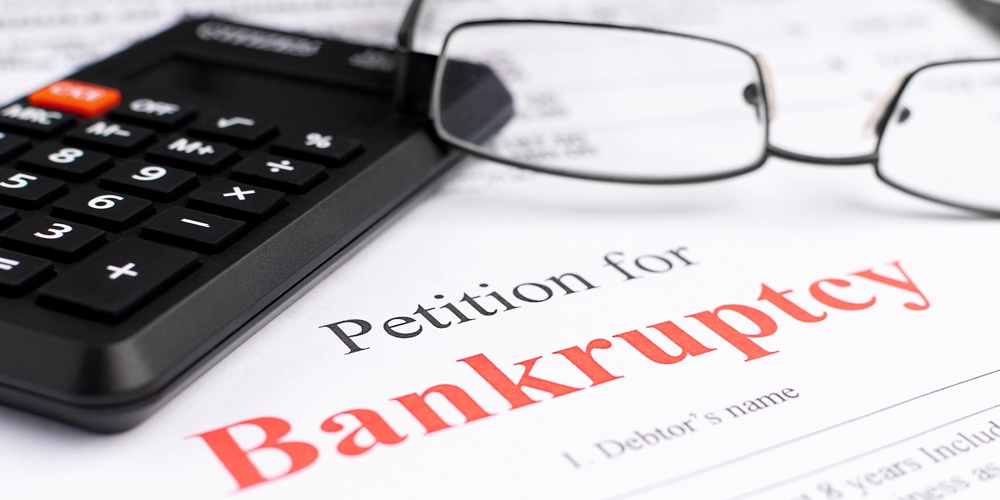Credit unions and the automatic stay

We’re all taught to stop, drop, and roll when it comes to catching fire, but we’re not always taught to stop and freeze all collection activity when it comes to a member who has declared bankruptcy. However, this is a vital and necessary practice for credit unions and their collections department. In this blog, I’ll cover why your credit union needs to watch out for bankruptcy filing notices and what it should do if it receives one.
Under 11 U.S.C. 362, once a debtor files for bankruptcy, an automatic stay is placed on most collection activity against the debtor. This stay prevents a creditor from taking any collection activity against the debtor, sometimes even when the credit union is merely reminding the debtor of their monthly payment (e.g. “your bill is ready” emails). As such, it is important that credit unions be on the lookout for notices that a member has declared bankruptcy.
When a credit union has notice that a member has filed for bankruptcy, the credit union is required to place a freeze on all collection activity associated with the member’s account. Credit unions may want to be careful regarding communications sent to the debtor, as “collection activity” could extend to some communications that the credit union sends to even non-delinquent members. A credit union should generally expect to receive notice in the mail and it should look similar to this notice of Chapter 13 bankruptcy. Credit unions can review notices for other bankruptcy types here (Forms B 309A – B 309I). Please note that these are national level forms and local bankruptcy courts may have different notices. Credit unions may want to check with local counsel if they receive a bankruptcy notice.
continue reading »
